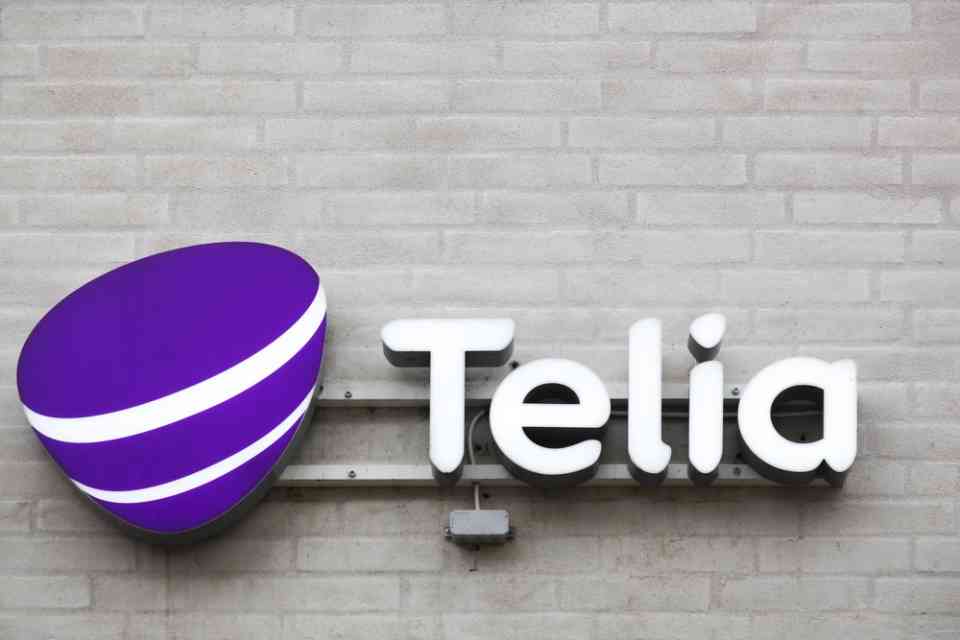As you may have noticed on New Year’s Eve, we’re starting off 2023 with a fair bit of cautious optimism on climate, so today, we have a low-emissions potpourri of stories continuing that theme. We’ll save up our existential dread for the House of Representatives instead.
Bigass Renewable Energy Gains In 2022
A December report from the the US Energy Information Administration (EIA) showed that as of October, renewable energy sources had provided just a bit shy of 23 percent (22.6 percent) of US electricity generation. (The tally includes wind, utility and rooftop solar, hydro, geothermal, and biomass.) Renewable sources “increased electrical output by 14.26% compared to the same 10-month period in 2021,” compared to a 3.14 percent increase in electric power produced by all sources in 2022.
Also, solar is growing like crazy; in 2016, it only provided one percent of US electricity; that total was up to just over five percent by October 2022; for the year, solar generation was up almost 32 percent over 2021 and adoption keeps growing as both home and utility-scale solar costs gets cheaper. Wind generation grew by almost 17 percent and now makes up just under 10 percent of US electric power.
With the new report, total US renewable power now exceeds the 2021 figures for electricity generation by nuclear (18.9 percent) and edges out coal (21.9 percent). Yes, yes, 2021 apples and 2022 oranges, but you get the idea.
Also pretty nifty: An October report by the London-based energy think tank Ember found that worldwide, the growth in renewables met a little bit more than 100 percent of the global increase in energy demand.
The rise in wind and solar generation met over 75% of the demand growth in the first half of 2022, while hydro met the remainder, preventing a possible 4% increase in fossil-fuel generation and avoiding $40 billion in fuel costs and 230 [metric tons of] CO2 in emissions.
And let’s also remember that the costs for electricity from wind and solar are projected to keep dropping, with the potential of $12 trillion in savings if the world transitions rapidly away from fossil fuels. [Electrek / Ember / Electrek]
Want To Buy A New Piston-Engined Hyundai In Norway? Tough Luck!
As of New Year’s Day, Hyundai is selling nothing but battery electric vehicles in Norway, ending sales there of even plug-in hybrids. It’s a pretty smart decision in Norway, which is kicking the rest of the world’s ass in EV adoption. (It helps that Norway gets over 99 percent of its electricity from hydroelectric power already, with an itty-bitty but growing wind energy sector too.) Norway has set a goal of ending new gas and diesel vehicle sales by 2025 but seems likely to get there earlier, even. In 2021, 64.5 percent of new vehicles sold in Norway were all-electric, a number that’s likely to increase for 2022, with projections of around 80 percent all-electric vehicles, and another 10 percent plug-in hybrids. Most manufacturers other than Hyundai still sell some gas or diesel models in Norway, but they’re increasingly a niche market. Hyundai appears to be the first traditional automaker to eliminate all its engine-powered vehicles in any national market. [Electrek]
Joe Biden Wants YOU! To Get Some Clean Energy Tax Credits.
The White House has rolled out a nifty guide to all the tax credits and rebates available to consumers thanks to last year’s climate bill, the Inflation Reduction Act, with a cute little interactive house map telling you what kinds of tax credits you can get for various energy-saving stuff, from rooftop solar to insulation to more efficient appliances to EVs and even upgrades to your breaker box and wiring. In the case of some upgrades, like appliances, heat pumps, and high-efficiency heat-pump water heaters, the credits and rebates can cover up to 100 percent of the costs, depending on household eligibility. Damn right the bill was written to help lower-income folks, too.
While most of the credits/rebates will help homeowners the most, I’m thinking I’ll pass the information along to my landlord, too, since they mentioned they were thinking of replacing the gas stove with electric. How about an induction range, hmmm? And yes, I’m looking at used EV prices, since for the first time ever, there’s a $4,000 tax credit available for used EVs as well as the $7,500 credit for qualifying new EVs.
Since most of the benefits went into effect January 1, the site also details differences between the 2022 and 2023 credits/rebates, with links to details for most major categories. It also provides some cutesy case studies of how folks at various income levels can benefit, and a linky to sign up for email updates on energy-related tax credits and rebates. [White House]
We Want To Pump Up Your Heating (And Cooling)
Here’s a nice comprehensive guide to help folks in colder areas decide whether it’s time to upgrade home heating from a fossil-fuel boiler system to a cold-climate heat pump. (The answer is yes, mostly, but this goes into the details.) And yeah, the site is also out to sell its systems to folks in “New York, New Jersey, Connecticut, the Philadelphia and Pittsburgh Metro Areas of Pennsylvania, and the Chicagoland Area of Illinois,” but Rebecca recommended it for overall information too, so I certainly trust her. (She certainly didn’t amass a net worth of “$4 million” without knowing a thing or two about good deals!)
Also too, here’s another nifty FAQ from CarbonSwitch that promises to answer your questions about the costs of converting to a heat pump, well beyond “it depends.” Keep in mind that in addition to the federal tax bennies, many states also offer tax incentives to help you upgrade to a heat pump, too. [Sealed / CarbonSwitch]
Yr Wonkette is funded entirely by reader donations. If you can, please give $5 or $10 a month so we can keep you all greened up!
























































![LinkedIn Provides Thought Leadership Tips [Infographic] LinkedIn Provides Thought Leadership Tips [Infographic]](https://imgproxy.divecdn.com/sGPjK1VM5eAOI_l-OTkmJTV2S8dHIfUwFmDwPWjhfjg/g:ce/rs:fit:770:435/Z3M6Ly9kaXZlc2l0ZS1zdG9yYWdlL2RpdmVpbWFnZS9saW5rZWRpbl90aG91Z2h0X2xlYWRlcnNoaXBfaW5mbzIucG5n.webp)















